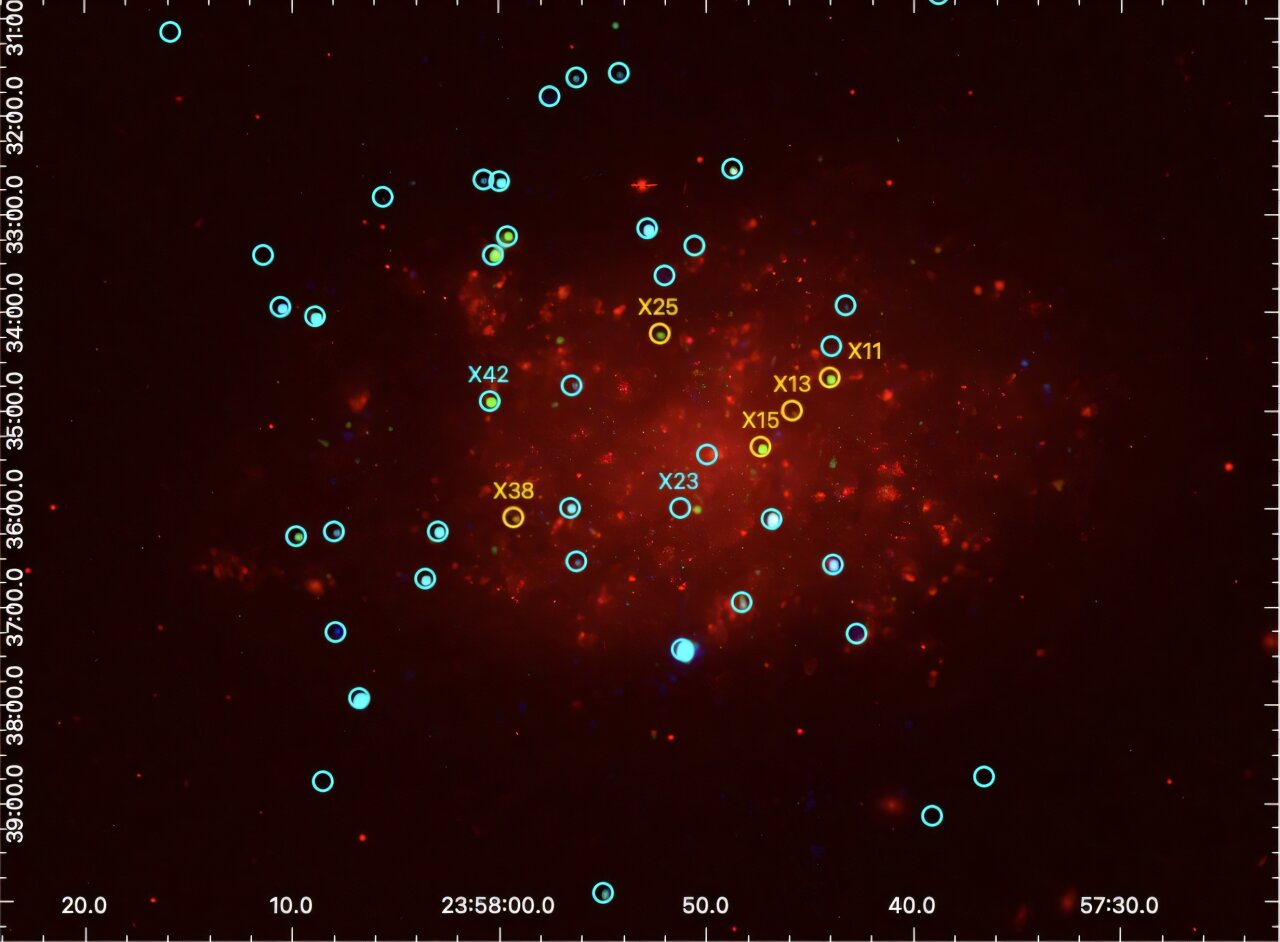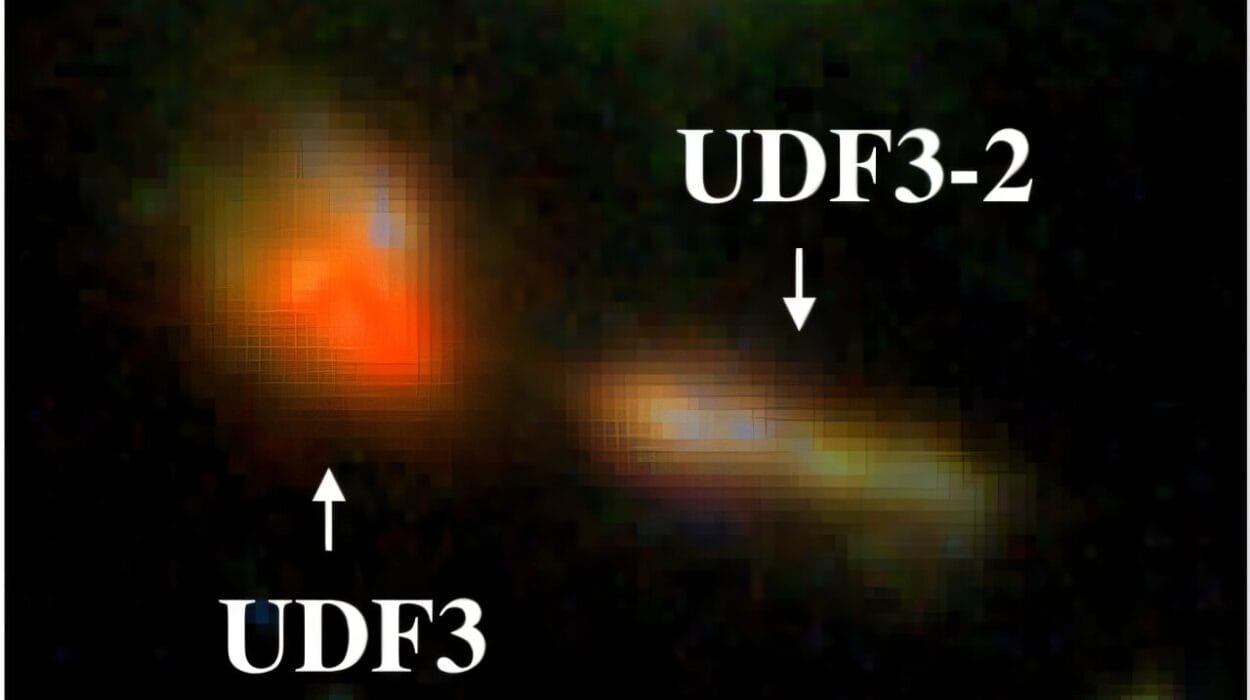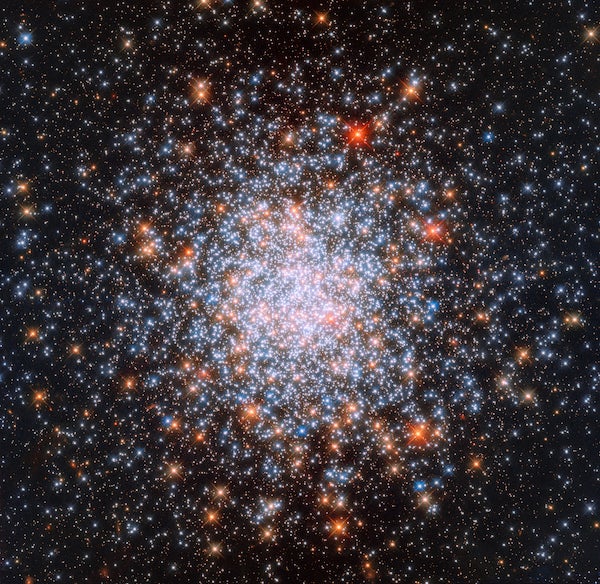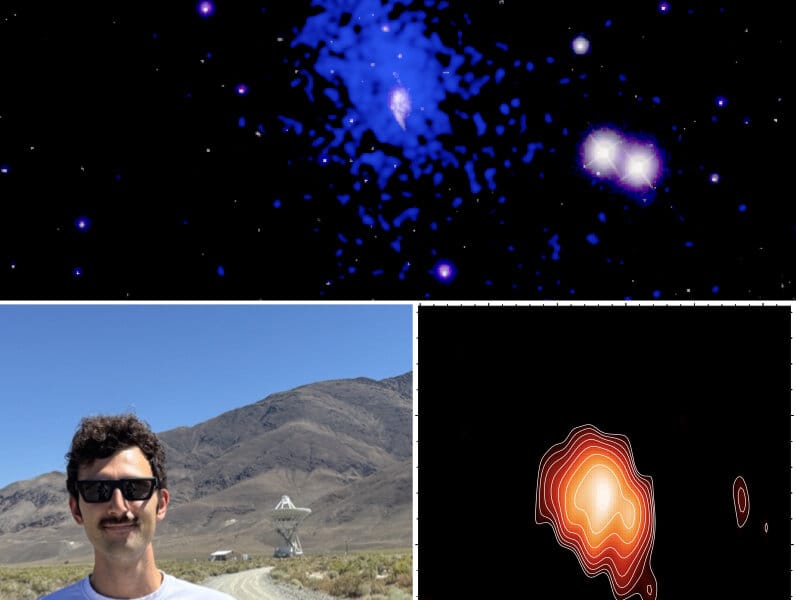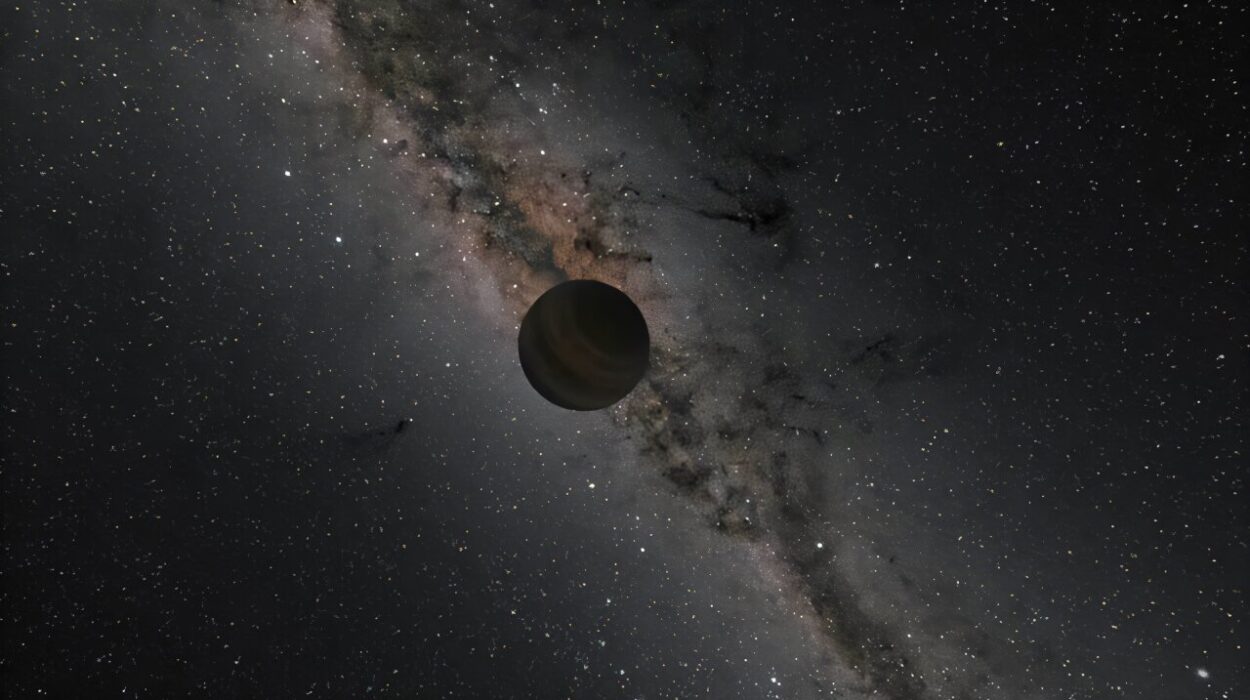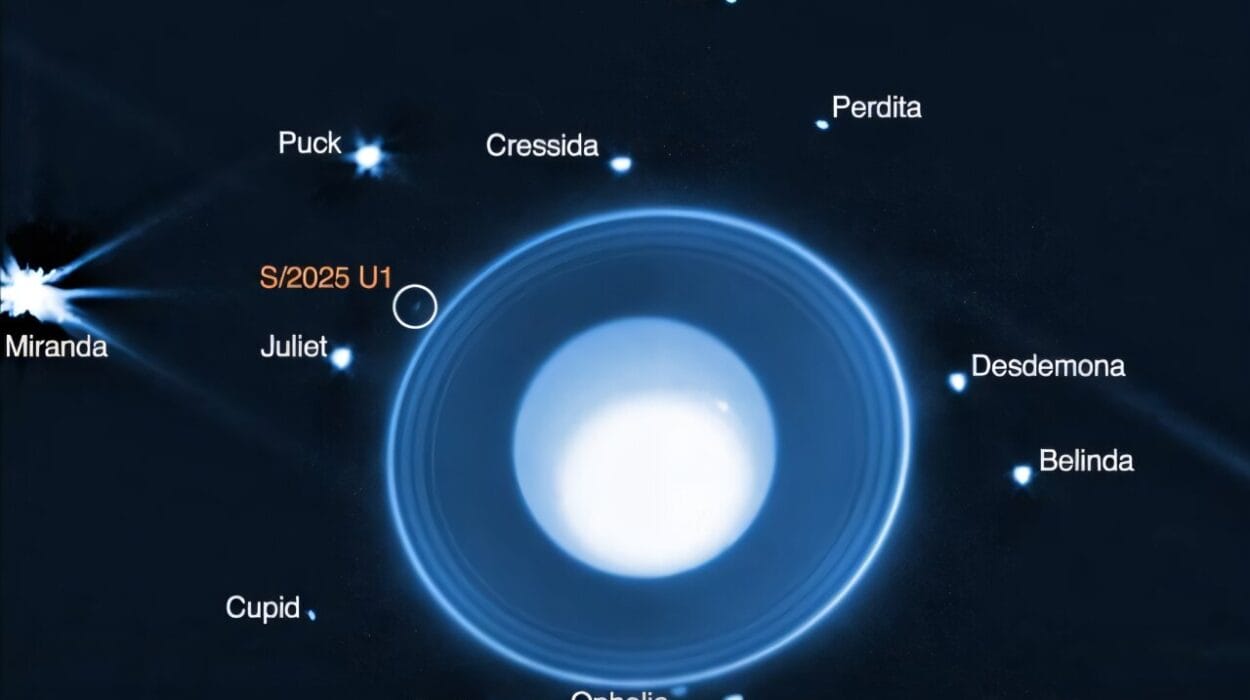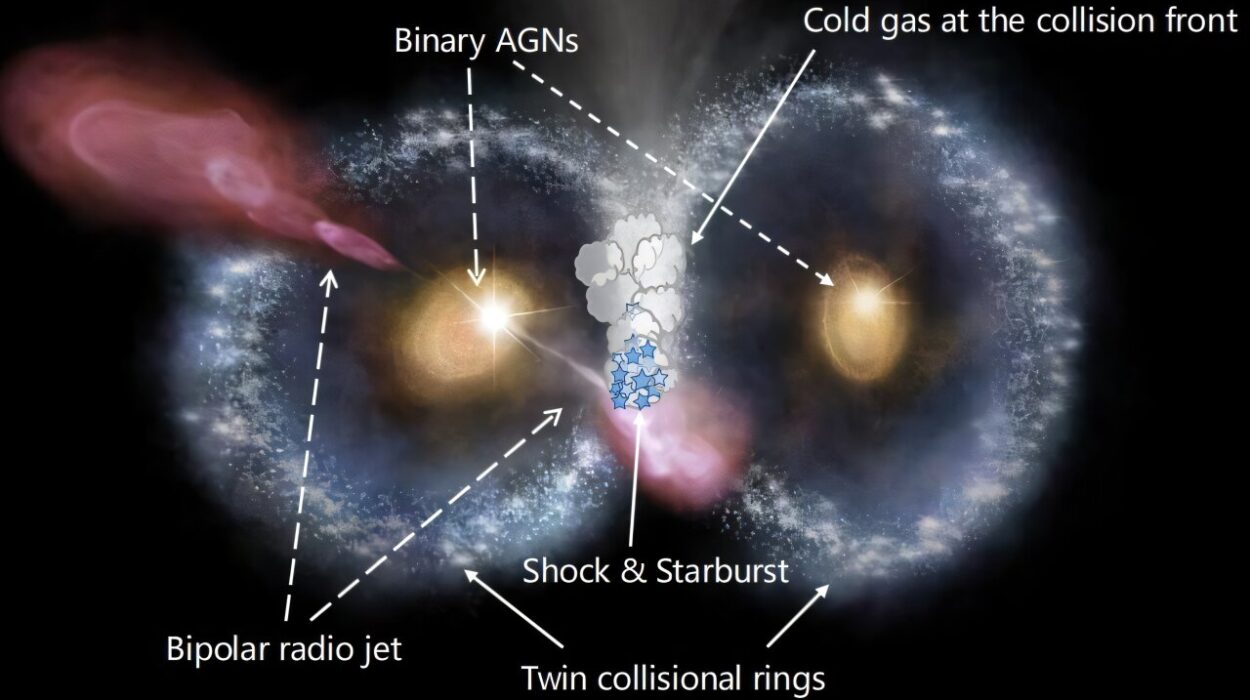In the grand silence of deep space, even death leaves an echo. More than 12 million light-years from Earth, nestled in the constellation Sculptor, a quiet galaxy spins—its arms dusted with the brilliant aftermath of stellar cataclysms. Now, thanks to the piercing gaze of NASA’s Chandra X-ray Observatory and the European Space Agency’s XMM-Newton satellite, astronomers have discovered four new cosmic tombstones in that galaxy—ghostly X-ray signatures of long-dead stars known as supernova remnants.
These findings, published on June 10 on the arXiv pre-print server, offer a rare glimpse into the turbulent life and afterlife of stars in galaxies far beyond our cosmic neighborhood.
Unearthing the Silent Ruins of Stellar Explosions
The galaxy in question, NGC 7793, may sound like a sterile catalog entry, but it’s anything but lifeless. A flocculent spiral galaxy—its arms less defined than the grand spirals we’re used to—it is a place where stars are born, live spectacular lives, and sometimes die in violent supernova explosions. When a star explodes, it leaves behind a supernova remnant (SNR), a vast, expanding cloud of superheated gas and dust that can shine in X-ray light for hundreds of thousands of years.
Led by Maria Kopsacheili of the Institute of Space Sciences (ICE-CSIC) in Barcelona, Spain, the research team set out to find these cosmic remains. Using nearly 230,000 seconds—over 63 hours—of archival Chandra data collected over 19 years, they scanned NGC 7793 in extraordinary detail.
“To identify X-ray SNRs, we utilized Chandra’s spatial resolution and analyzed all available archival data of NGC 7793,” the team wrote. They paired this treasure trove of high-resolution data with XMM-Newton’s powerful spectroscopic capabilities to tease out the chemical fingerprints of these elusive objects.
What they uncovered are five X-ray sources aligned closely with previously cataloged optical SNRs—labeled X11, X13, X15, X25, and X38. Of these, only X15 had been previously recognized as an X-ray-emitting remnant. The other four—X11, X13, X25, and X38—are brand new discoveries.
Illuminating the Invisible
It’s not easy to find X-ray SNRs in galaxies beyond the Local Group, our home neighborhood of galaxies including the Milky Way, Andromeda, and a few dozen others. Current X-ray observatories can only see so far, and most SNRs simply aren’t luminous enough to be spotted in the vast darkness beyond.
That’s why this discovery is so significant.
These four new SNRs shine in soft X-rays—the lower-energy part of the X-ray spectrum—suggesting they are composed of hot plasma heated to temperatures over 2.5 million degrees Kelvin. In their spectral signatures, researchers detected strong oxygen and neon lines, elemental evidence of the stellar materials cast off during the supernova. Each of the remnants has an X-ray luminosity between 0.88 and 5.49 undecillion ergs per second—a measurement so large it defies human imagination.
Think of it this way: in one second, even the dimmest of these SNRs radiates more energy than the Sun does in several days.
Two More May Be Waiting in the Wings
The study didn’t just uncover confirmed SNRs. It also revealed two intriguing candidates—X23 and X42. These sources don’t have matching optical counterparts, which typically help confirm SNR status. But based on their soft, stable X-ray emission and spectral characteristics, the researchers believe they could very well be remnants of ancient supernovae.
“We do not have any strong evidence against the scenario of X23 and X42 being SNRs,” the team concluded, “and hence we can consider them as candidate SNRs.”
If future observations can confirm these candidates, the number of known X-ray SNRs in NGC 7793 will rise even further, enriching our understanding of how stars die—and what they leave behind.
Beyond Brightness: What These Remnants Tell Us
The significance of discovering X-ray SNRs in distant galaxies like NGC 7793 goes far beyond adding new entries to an astronomical catalog. These remnants are windows into the feedback loop between stars and their environment.
As supernovae explode, they inject massive amounts of energy, radiation, and chemically enriched material into the interstellar medium—the gas and dust that fill galaxies. This process stirs the pot of galactic evolution, sometimes triggering new waves of star formation or sculpting the space between stars in complex ways.
By examining the X-ray fingerprints of these SNRs, scientists can begin to understand the chemical composition of their host galaxy, the nature of the interstellar medium, and the history of star formation in that region.
Moreover, understanding how these remnants evolve in different types of galaxies helps astronomers refine their models of galactic feedback, one of the most important mechanisms in cosmological simulations that attempt to explain how galaxies grow and change over time.
A New Chapter in the Story of Stellar Death
These new findings in NGC 7793 are a testament to the power of patient, persistent observation. The team didn’t use new instruments or cutting-edge missions. Instead, they reached into the archives, mining nearly two decades of data to uncover treasures hidden in plain sight.
In an era dominated by new telescopes and ambitious missions, it’s a reminder that sometimes, the biggest discoveries are waiting quietly in the past, needing only the right questions—and a determined eye—to come to light.
As X-ray astronomy continues to push the boundaries of what we can see, especially with future observatories like Athena (Advanced Telescope for High-ENergy Astrophysics) on the horizon, the ability to study galaxies like NGC 7793 in even greater detail may soon transform how we understand the afterlives of stars across the cosmos.
Until then, the remnants of ancient explosions will continue to glow in the silence of space, soft beacons from a time when massive stars met their end—and left behind the seeds of something new.
Reference: Kopsacheili et al, New X-ray Supernova Remnants in NGC 7793, arXiv (2025). DOI: 10.48550/arxiv.2506.09120
